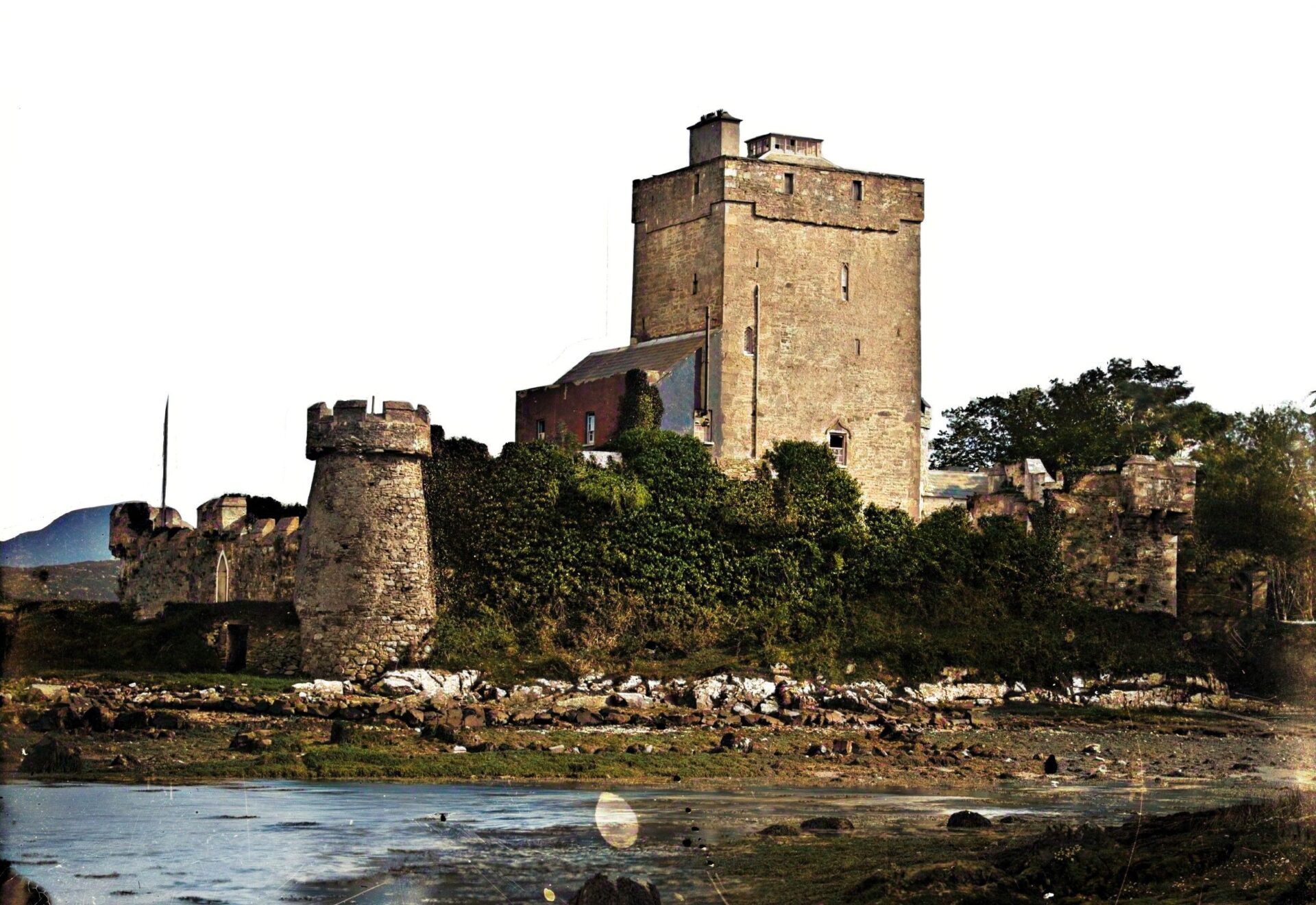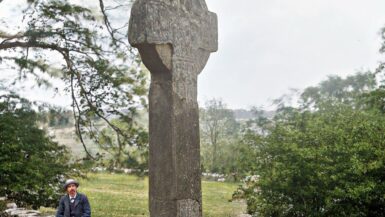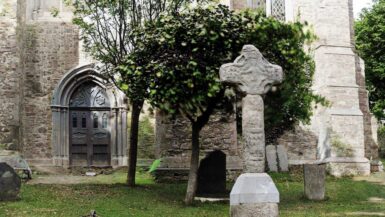Introduction to Doe Castle
Doe Castle, situated on a small peninsula in Sheephaven Bay, County Donegal, Ireland, is a significant medieval fortress with a rich history. Known locally as Caisleán na dTuath, the castle’s strategic location, surrounded on three sides by water, played a pivotal role in its defense throughout the centuries. Built in the early 15th century, it served as the stronghold for the Clan McSweeney, or Clan tSuibhne, for almost two hundred years, marking its importance in the regional power dynamics of the time.
The Structural Design and Functionality of Doe Castle
Constructed around the 1420s, Doe Castle exemplifies the typical features of a medieval fortification. Its design includes high outer walls that protect an inner courtyard, or bawn, and a four-storey tower-house that served as the keep. The castle’s position on a peninsula, with water on three sides and a man-made moat on the landward side, enhanced its defensibility against attacks. This architectural style shares similarities with Scottish tower houses, indicating the exchange of cultural and defensive strategies across the Irish Sea.
Ownership and Historical Significance
Initially believed to be built by the Quinn family, Doe Castle came into the possession of the MacSweeney family, a group of gallowglass mercenaries of Scottish origin, in the 1440s. It remained under the control of the MacSweeney Doe branch, witnessing the tenure of approximately 13 chiefs who played crucial roles in the political and military events of their times. The castle’s strategic importance was highlighted when it provided refuge to survivors of the 1588 Spanish Armada, showcasing its role as a place of sanctuary and military significance.
The Castle Through Conflict and Change
The 17th century was a period of turmoil for Doe Castle, reflecting the broader conflicts within Ireland. Following a rebellion against King James VI and I, the castle was confiscated from the MacSweeneys. In 1613, during the Plantation of Ulster, it was granted to Sir John Davies, the Attorney-General for Ireland, and later sold to English settler Captain John Sandford in 1614. The castle’s control shifted multiple times during the 17th-century struggles, indicating the volatile nature of its history.
Restoration and Current Status
By the 20th century, Doe Castle became recognized for its historical value, leading to efforts aimed at its preservation. Declared a national monument in 1934 and acquired by the Office of Public Works, significant restoration work was undertaken in the 1990s, focusing on the tower house. These efforts have ensured the castle’s survival and facilitated its role as an educational and historical site.
Doe Castle in Modern Times
Open to the public, Doe Castle offers daily access to its grounds and provides guided tours during the summer months. This allows visitors to explore its historical context, architecture, and the roles it played throughout Irish history. The presence of educational displays and artifacts, such as the Mac Sweeney grave-slab dated 1544, enriches the visitor experience by offering detailed insights into the castle’s past and its inhabitants.
Educational and Historical Features
Inside Doe Castle, visitors can find extensive information about its history through various display panels. These panels cover the castle’s construction, its significance as a stronghold for the Clan McSweeney, and its involvement in notable historical events. The ornate Mac Sweeney grave-slab within the tower house serves as a tangible connection to the past, providing a focal point for understanding the personal histories associated with the castle.






Leave a reply